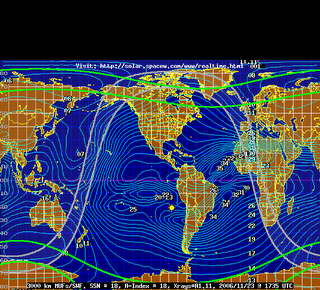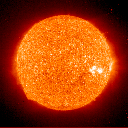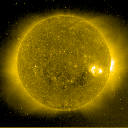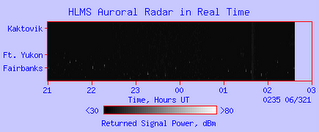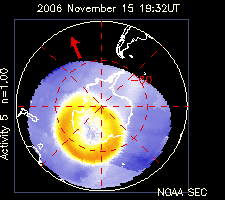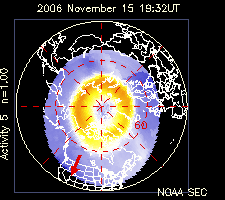What use are Surface Waves?
They are very stable – no fading or phase distortion
They are very predictable
They are the way we receive medium wave signals during the daytime
They are what we use on topband (160m or 1.8MHz) for mobile operation during the day
Exercise
1. Using a standard medium wave receiver tune around between 1200 and 1300 listening for a relatively weak but stable station (try a local radio station about 50-70 miles away). Listen to it at 1200 or 1300 to identify it; they usually identify on the hour. Note its signal strength, quality, is it distorted or not, using the SINFO method on the attached sheet. You can now turn the receiver off but leave it tuned to this station.
2. At 2100 turn on your receiver and listen to the same frequency. Can you still hear the station? If so, how does it compare to the signal at 1200? Is it stronger or weaker, is the signal stable or fading, is it clear or sometimes distorted. If you can’t hear the same station, note why not. Was it due to interference? How does the interference sound? Use the SINFO method for recording the signal again.
Questions to think about
Do medium wave stations use vertical or horizontal aerials?
How far do you think that you could expect to get in the daytime with a topband mobile?
What differences in results would you expect between topband mobile and VHF mobile during the day?
If you listen on 40m during the day you can hear signals from all round Europe. Are these surface waves?
